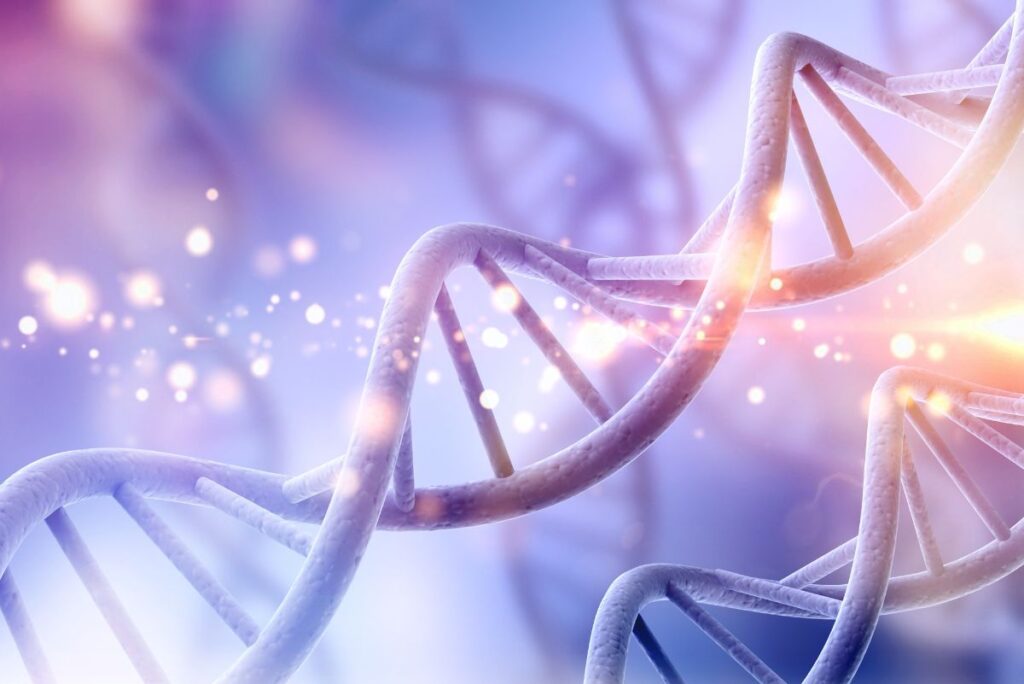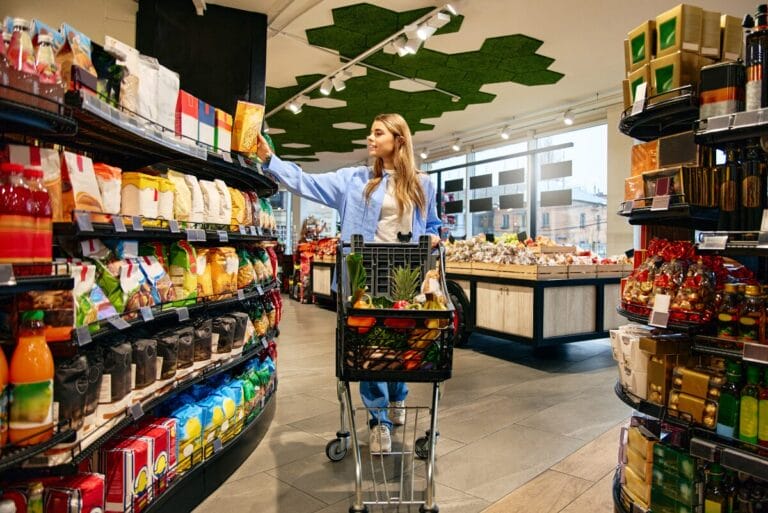GLP-1 medications are also impacting what types of foods users gravitate toward. A 2024 Corbion proprietary survey found 43% reported increased cravings for savory foods, while interest in sweet, salty and even bitter flavors appears to be declining. Many reported a reduced craving for sweets and rich foods and more of a preference for lighter, fresher, even more savory or umami-type flavors.
Although users of GLP-1 medicines may be consuming less food overall, what they do eat is becoming far more intentional.
“We’re seeing a sharp pivot toward nutrient-dense, functional options,” Chen said. “Consumers are actively seeking foods that align with their new physiological cues, i.e. less appetite, with a heightened focus on satiety and nutrition.”
So what, exactly, are GLP-1 users looking for in food from a nutrition standpoint? There are two clear winners: protein and fiber. According to Tastewise, interest in protein-rich snacks is up 113% year-over-year, while social conversations around fiber-rich foods have surged 177%.
Protein and fiber play a critical role for people taking GLP-1 medications because they support the unique nutritional demands these medications create. As appetite decreases and overall food intake drops, every bite matters more. Protein helps preserve lean muscle mass and promotes satiety, making it easier for users to feel full with fewer calories.
Fiber, meanwhile, aids in digestion, supports gut health and helps maintain blood sugar stability, which is another key consideration for many users managing Type 2 diabetes or insulin resistance. Together, protein and fiber help people feel satisfied longer, making them essential components of a more intentional approach to eating.
Ingredient innovations that boost protein and fiber are at the center of many emerging product formulations, but each comes with its own set of challenges.
“Fiber offers some great benefits from a nutritional perspective, but in terms of processing, it competes for water,” said Ashley Beech, bakery applications product development manager at Corbion. “When you’re using fiber, you have to be conscious of the water adjustments and how it will interfere with the gluten network, other hydrocolloids, other proteins, etc.”
Texture tends to be another big challenge when working with fiber.
“Fiber can create really tight, stiff doughs, and it can also create really sticky, wet doughs,” Beech said. “Understanding the specific fibers you’re working with and looking to your suppliers to identify the product process will help with those challenges.”
This has been adapted from the August | Q3 2025 issue of Commercial Baking. Read the full digital edition here.










